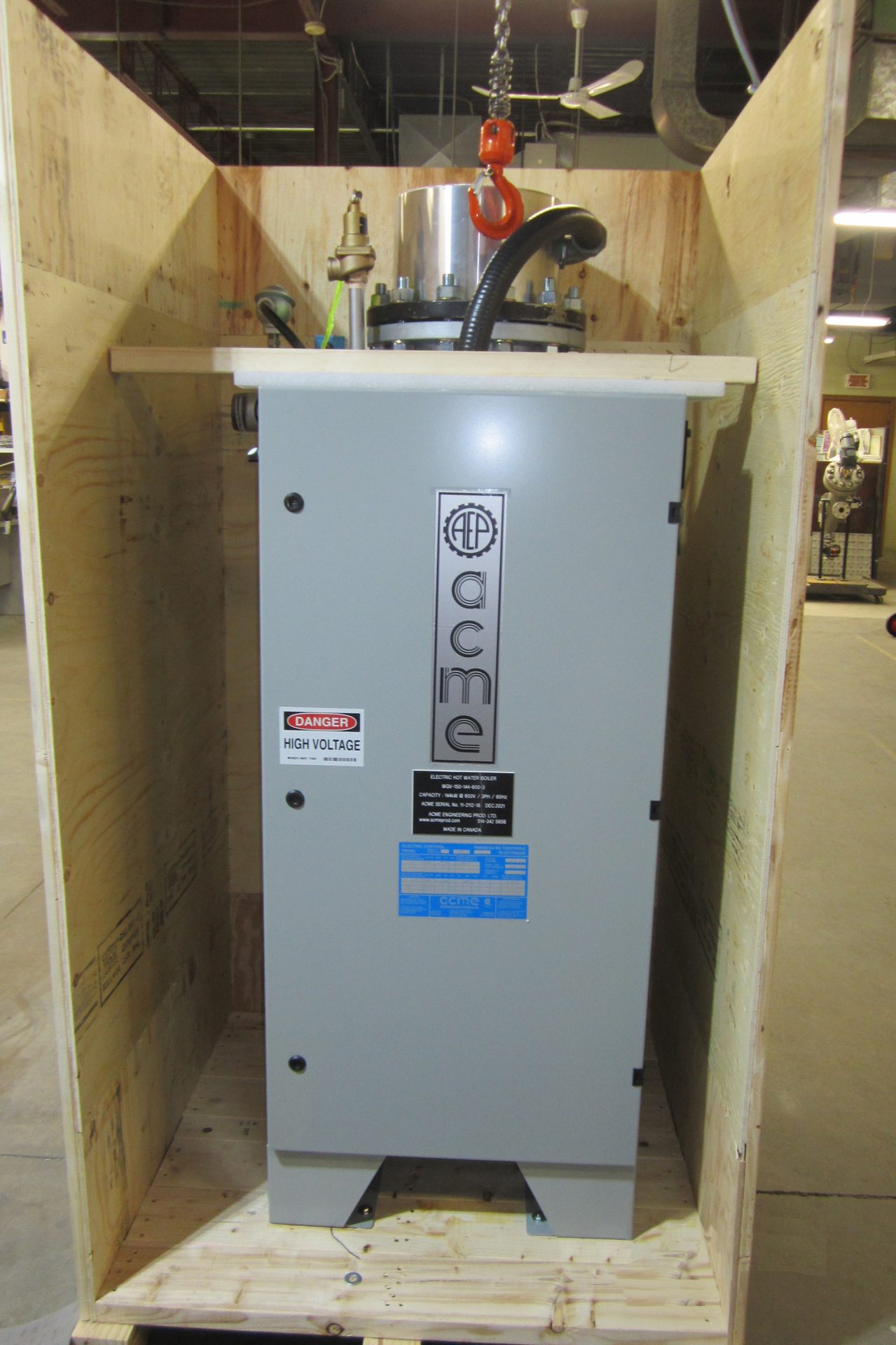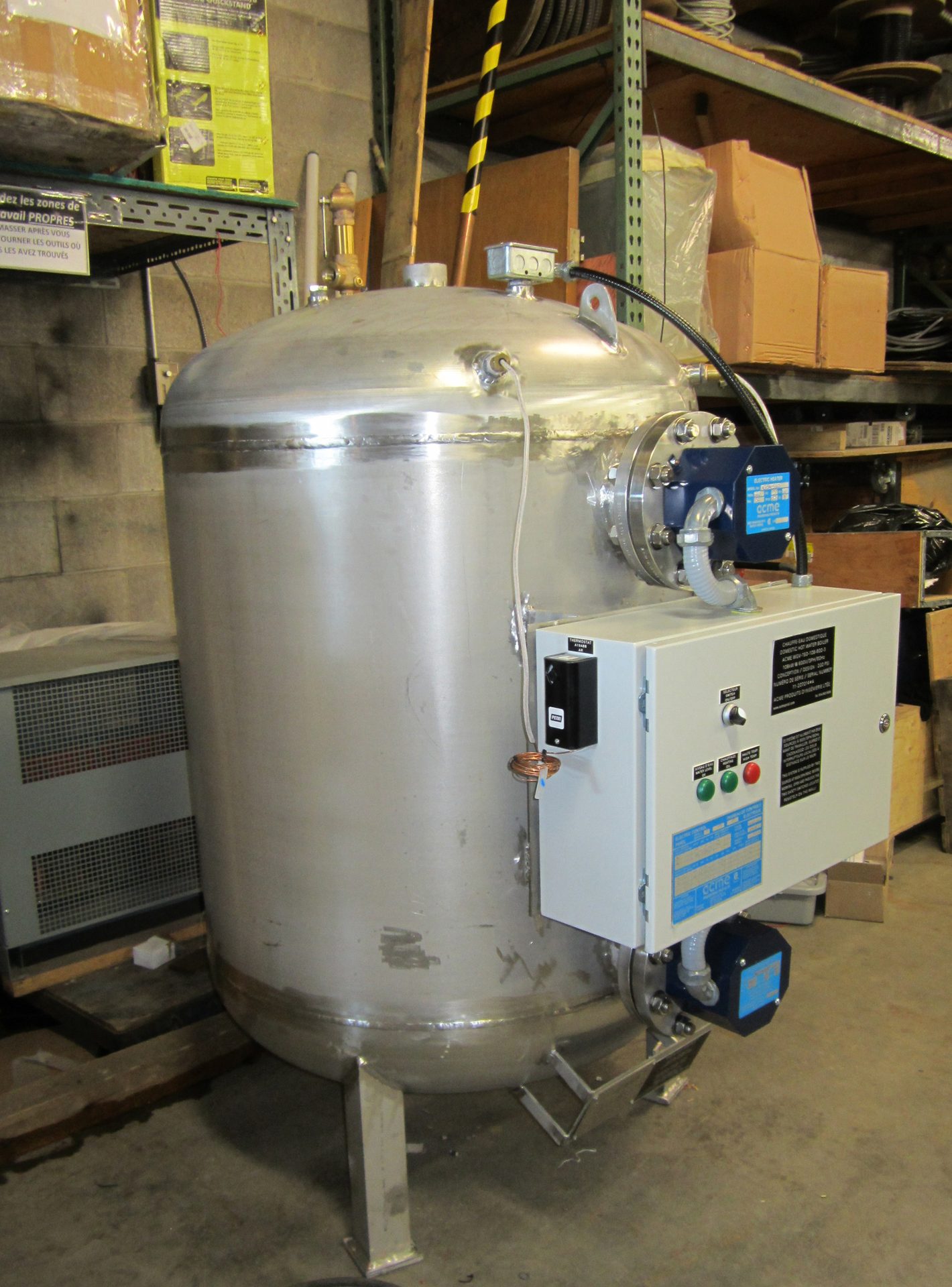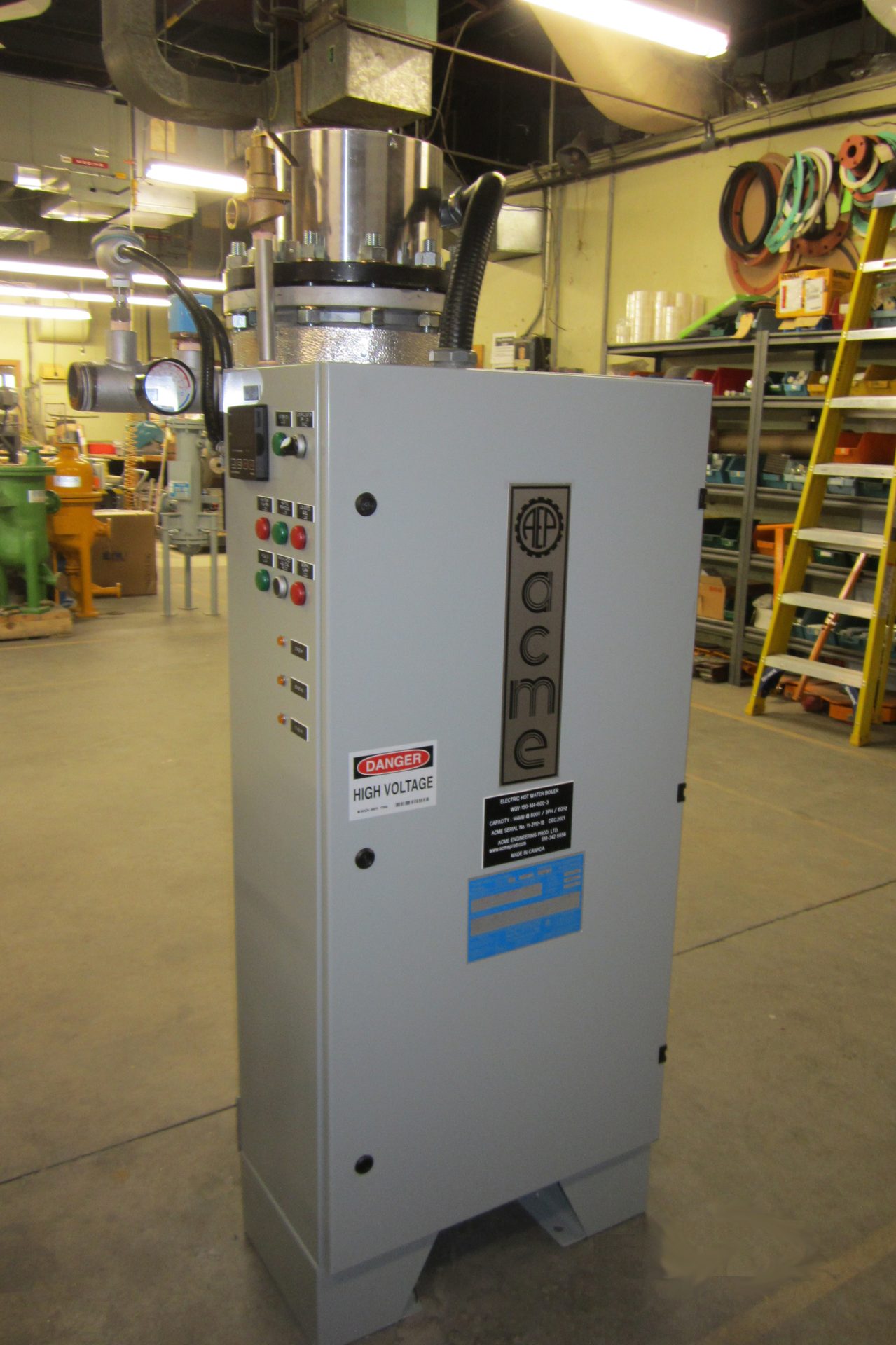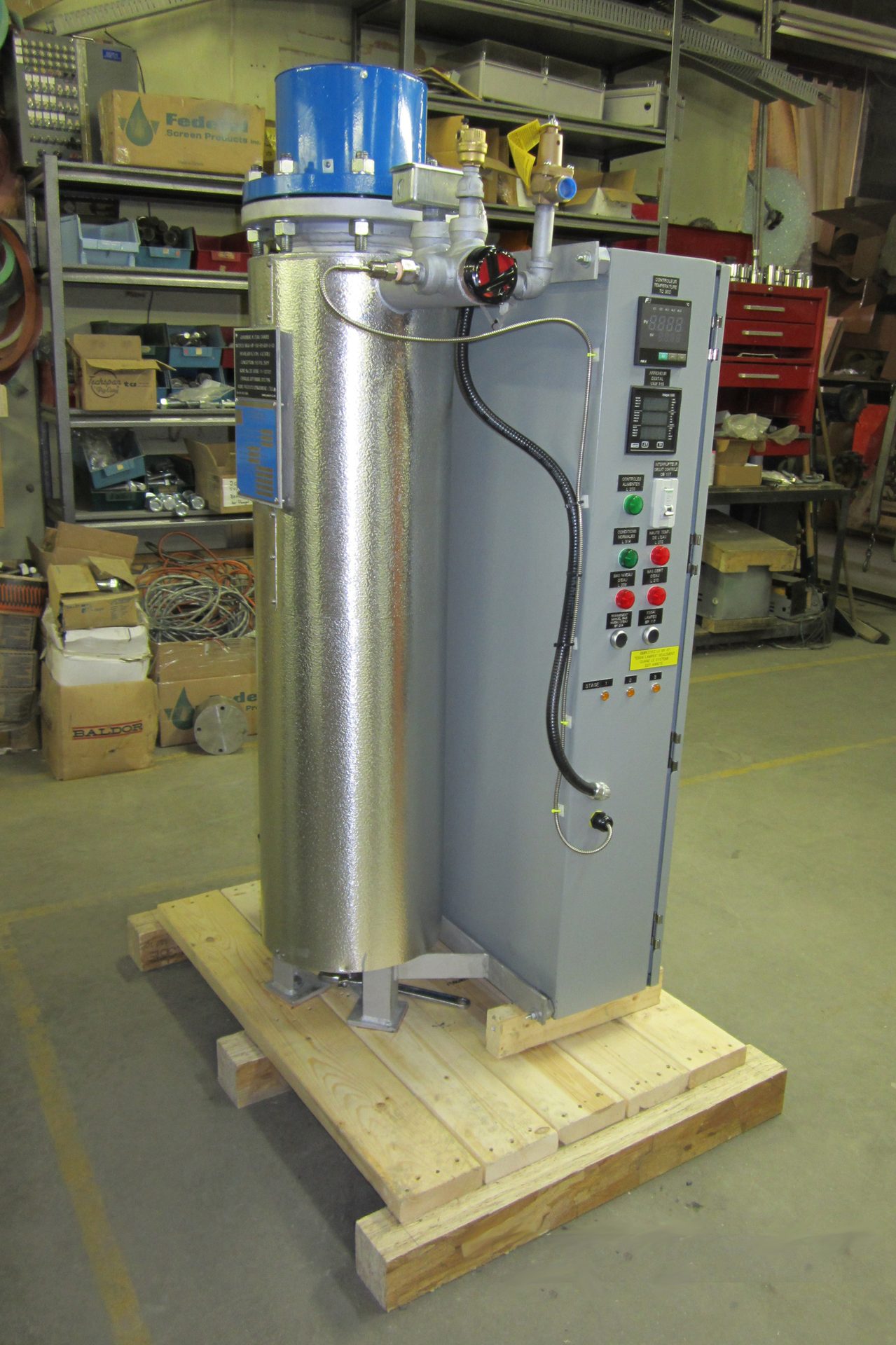
SCROLL
FEATURE
Key considerations when transitioning to eco-friendly electric boilers
Consulting with an expert can streamline boiler room modernization

SCROLL
To address climate change, states and cities are increasingly phasing out fossil fuel use in commercial buildings in favor of clean, green electric options. Today, a common goal is the conversion of aging buildings to accommodate eco-friendly electric boilers that provide hot water to tenants. In fact, New Jersey’s Department of Environmental Protection recently proposed a rule that would require thousands of apartment buildings, schools, and government buildings to replace heating systems with electric boilers.
Switching to electric boilers can also promote better health. Besides the notorious greenhouse gases — carbon dioxide (CO2) and methane (CH4) — natural gas-fired boilers and furnaces emit dangerous nitrogen oxides (NOx), carbon monoxide (CO), and nitrous oxide (N2O), as well as volatile organic compounds (VOCs), sulfur dioxide (SO2), and particulate matter (PM).

Consulting with an expert can streamline the conversion to electric boilers while reducing total project cost and maximizing system reliability.
They are all courtesy of ACME Boilers.
When upgrading to commercial electric boilers in space-constrained urban areas, however, there are several important issues to consider before property managers and building boards of directors can decide on the simplest, most cost-effective option for any retrofit project.
“Among the challenges are the facts that every building to be retrofitted is different, managers often lack mechanical or heating system experience, and engineers can be unfamiliar with electric boiler design,” said Robert Presser, vice president of Acme Engineering. “Because of this, many need expert guidance on how to proceed with the conversion from gas-fired to electric, including the basic requirements and other factors to consider.”
Key issues to evaluate include power availability and access, fitting the boiler(s) in the building, reducing the total cost of installation, and maximizing system reliability and longevity. Consulting with a professional with deep expertise in electric boiler technology, infrastructure, and conversion will streamline the process and facilitate optimal results.

Many need expert guidance on how to proceed with the conversion from gas-fired to an electric boiler like this one: including basic requirements and other factors to consider.
Power availability and access
“In any conversion to electric boilers,” said Presser, “the first step for property managers or boards of directors is to call their power companies and ask, ‘Are you able to give us the power we need?’ You will need access to hundreds, if not thousands, of amps. Without it, the project cannot proceed.”
Building managers also need to consider the added cost for the utility to upgrade their power to the building. Additional electrical infrastructure enhancements may be required as well, such as wiring and upgraded circuit breakers.

Acme’s Slim Series units are designed to produce ample hot water while easing installation with an ability to fit into smaller spaces without costly demolition.
Reducing the cost of conversion
Physically moving and manipulating a large electric boiler through doors and narrow corridors during installation can be extremely difficult and, sometimes, impossible — particularly in older, space-constrained buildings.
Another problem is the difficulty of removing the existing boiler, which usually is quite large.
“You may have a very large cast-iron, gas, or oil-fired unit that is cost-prohibitive to break down and remove,” said Presser.
Because of this, it is common to leave the existing boiler in place, which puts further space constraints on the size of the new electric boiler system.
“Instead of trying to get one big boiler into the building, it is often much easier to move in several smaller boilers and then install and interconnect them where there is space available,” Presser said.
In this regard, property managers are finding a more effective solution in high-capacity electric boilers that are designed to fit through doors and other space-constrained areas.

Acme’s electric boilers are designed to an industrial standard that will last decades.
Optimizing reliability and life span
Since building tenants rely on electric boilers for hot water daily, investing a little more in the initial purchase can pay off dramatically in increased long-term reliability and longevity.
Before selecting an electric boiler, it's essential for building managers to factor in longevity, reliability, required maintenance, and installation options.
Something else to consider: For managers that use a hot water loop with their electric boilers, adding a heat exchanger can reduce exposure to pipe scale and significantly extend longevity.
In this arrangement, the electric boiler would run in a closed-loop system. The boiler water is treated before entering one side of the heat exchanger, and hot water for the building exits the exchanger’s other side.
“Since the pipe scale and lime never touch the boiler, its elements will remain pristine,” Presser said. “You essentially eliminate the issue of scale and lime accumulating in the bottom of the boiler. This extends the unit’s life span and minimizes maintenance. It's much easier to clean out a plate and heat exchanger than to dismantle a boiler and replace a heating element.”
As commercial building managers increasingly convert from fossil fuel-burning to eco-friendly electric boilers to combat climate change and promote health, consulting with an expert can simplify the process, reduce total cost, and increase reliability and longevity.

